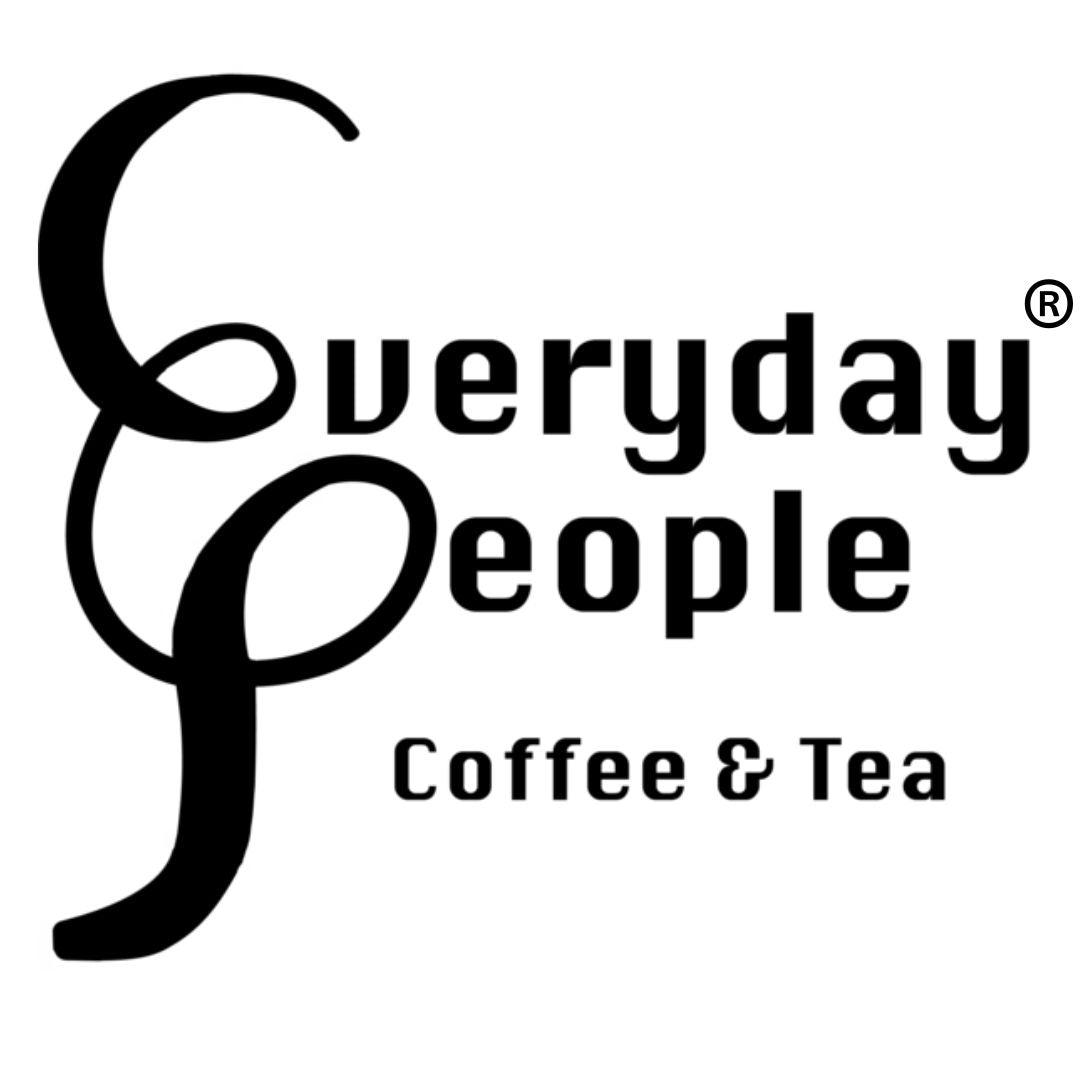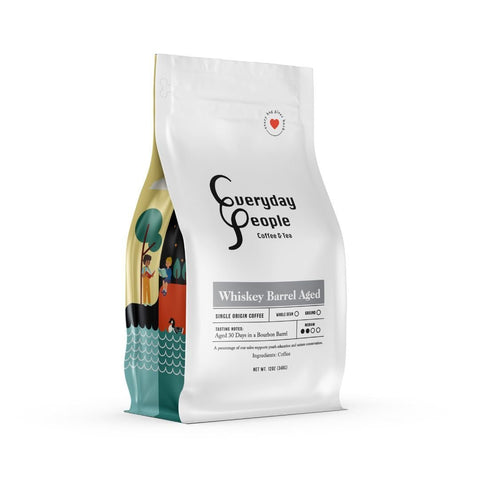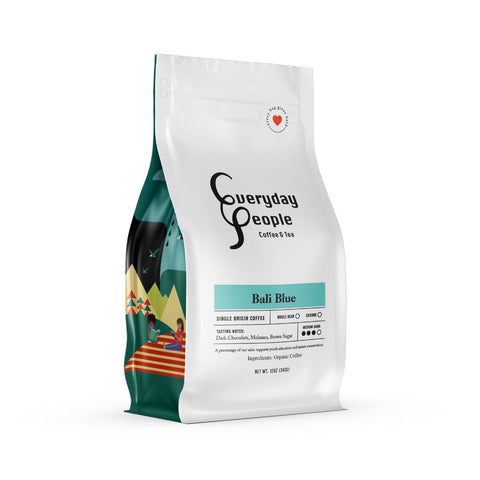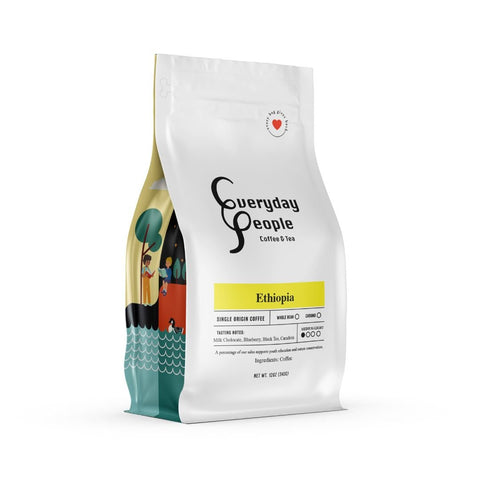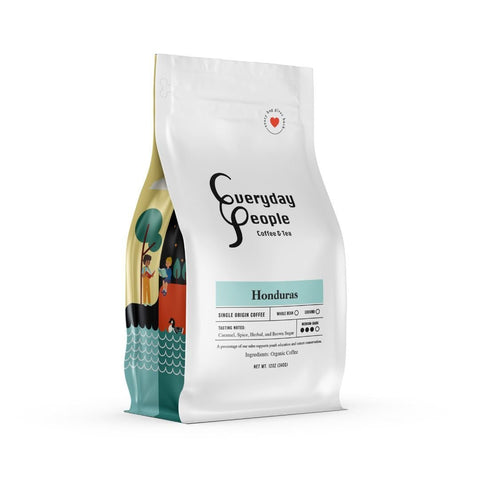The eternal debate among coffee enthusiasts continues: French press or pour over? Both brewing methods have passionate advocates, and for good reason. Each technique produces distinctly different flavor profiles and offers unique advantages that appeal to different coffee lovers.
Whether you're a morning coffee ritual devotee or someone seeking the perfect cup to complement your busy lifestyle, understanding the nuances between these two popular brewing methods will help you make an informed choice. Let's dive deep into the world of manual coffee brewing and explore which method might be your perfect match.
Understanding the Fundamentals
What is French Press Coffee?
French press, also known as a press pot or plunger pot, uses an immersion brewing method. French press is an immersion brewing method, unlike an infusion brewing method that pour over and drip coffee makers use. The coarsely ground coffee is fully submerged in hot water for several minutes before being separated by pressing down a metal mesh filter.
This brewing technique allows for complete saturation of the coffee grounds, resulting in full extraction of oils, flavors, and caffeine. The metal filter permits coffee oils and fine particles to pass through, creating the characteristic full-bodied texture that French press is known for.
What is Pour Over Coffee?
Pour over coffee employs an infusion brewing method where hot water is gradually poured over coffee grounds, allowing gravity to pull the water through the grounds and a paper filter. This controlled extraction process highlights the coffee's brightness, acidity, and subtle flavor notes.
Popular pour over devices include the Hario V60, Chemex, and Kalita Wave. Each offers slightly different characteristics, but all rely on the precise control of water temperature, pour technique, and timing to achieve optimal extraction.
For detailed brewing instructions, check out our comprehensive pour over brewing guide that covers various techniques and equipment options.
The Taste Battle: Flavor Profiles Compared
French Press: Bold and Full-Bodied
Compared to the pourover, a French press produces a stronger, more robust cup of coffee. The extended contact time between water and coffee grounds, typically 4 minutes, allows for maximum extraction of coffee compounds.
French Press Flavor Characteristics:
- Rich, full-bodied texture
- Strong, bold flavor
- Higher caffeine content
- Prominent coffee oils
- Some sediment in the cup
- Lower acidity
The immersion method extracts more coffee solids, creating a cup that feels substantial in your mouth. Coffee oils remain in the final brew, contributing to the signature richness that French press enthusiasts crave.
Pour Over: Clean and Bright
Pour-over brewing is nearly as flavorful as French Press but on the opposite spectrum of how coffee flavor is extracted from the grounds. It's best described as the tea version of coffee rather than the deep, bold flavors of French press.
Pour Over Flavor Characteristics:
- Clean, crisp taste
- Bright acidity
- Nuanced flavor notes
- Smooth mouthfeel
- No sediment
- Light to medium body
The paper filter removes coffee oils and fine particles, resulting in a cleaner cup that showcases the coffee's origin characteristics. The mouthfeel of pour over coffee tends to be smoother, and the flavor less biting than French press coffee
Brewing Process: Ease and Convenience
French Press: Simple and Forgiving
French press brewing is remarkably straightforward, making it perfect for beginners or those who prefer a low-maintenance morning routine.
French Press Process:
- Add coarsely ground coffee to the press
- Pour hot water over grounds
- Stir briefly
- Let steep for 4 minutes
- Press down the plunger slowly
- Serve immediately
The method is forgiving with timing and measurements, making it difficult to completely ruin a batch. This reliability makes French press an excellent choice for consistent daily brewing without requiring precise technique.
Pour Over: Precision and Control
Pour over brewing demands more attention and skill but rewards practitioners with exceptional control over the final cup's characteristics.
Pour Over Process:
- Place filter in dripper and rinse
- Add medium-fine ground coffee
- Bloom the coffee with a small amount of water
- Pour water in slow, circular motions
- Control flow rate and timing
- Total brew time: 3-4 minutes
The technique requires practice to master, but offers infinite possibilities for customization. Variables like grind size, water temperature, pour pattern, and timing all influence the final result.
For step-by-step instructions on perfecting your pour over technique, visit our complete brewing guides section.
Equipment and Cost Considerations
French Press Equipment
Initial Investment: $15-$100+
French press equipment is generally more affordable and durable. A quality French press can last for years with proper care, requiring only occasional replacement of the filter assembly.
What You Need:
- French press pot
- Coffee grinder (burr grinder recommended)
- Kitchen scale (optional but helpful)
- Timer
Pour Over Equipment
Initial Investment: $25-$200+
Pour over setups can range from simple to sophisticated, with various dripper styles and additional accessories available for enthusiasts.
What You Need:
- Pour over dripper (V60, Chemex, etc.)
- Paper filters (specific to your dripper)
- Gooseneck kettle for precise water control
- Coffee grinder (burr grinder recommended)
- Kitchen scale for accurate measurements
- Timer (or smartphone app)
The gooseneck kettle is essential for pour over brewing, providing the precise water control necessary for optimal extraction. This additional equipment requirement makes pour over slightly more expensive to start.
Coffee-to-Water Ratios and Measurements
French Press Ratios
French press coffee uses a higher ratio for coffee than pour-over coffee devices. The standard kitchen formula is 16 ounces of water to 6 tablespoons of coffee
Recommended Ratio: 1:12 to 1:15 (coffee to water)
- For stronger coffee: 1:12 ratio
- For milder coffee: 1:15 ratio
Pour Over Ratios
Recommended Ratio: 1:15 to 1:17 (coffee to water)
- For stronger coffee: 1:15 ratio
- For balanced coffee: 1:16 ratio
- For lighter coffee: 1:17 ratio
The different ratios reflect how each method extracts coffee compounds. French press's longer contact time allows for stronger coffee with less ground coffee, while pour over's efficiency requires slightly more grounds for comparable strength.
Need help calculating the perfect ratio? Use our coffee-to-water ratio calculator to determine exact measurements for your preferred strength and serving size.
Time Investment and Daily Practicality
French Press: Quick and Efficient
Total Time: 5-6 minutes (mostly hands-off) Active Time: 2 minutes
French press is ideal for busy mornings or when brewing coffee for multiple people. Once you start the steeping process, you can attend to other morning tasks, making it highly practical for daily use.
Pour Over: Mindful and Engaging
Total Time: 4-6 minutes (hands-on) Active Time: 4-6 minutes
Pour over requires your full attention throughout the brewing process, making it perfect for those who enjoy the meditative aspect of coffee preparation. The ritual can be relaxing and rewarding, though it may not suit rushed mornings.
Which Method Suits Your Lifestyle?
Choose French Press If You:
- Prefer bold, full-bodied coffee
- Want a simple, consistent brewing method
- Need to brew multiple cups at once
- Have limited time in the morning
- Enjoy higher caffeine content
- Don't mind some sediment in your cup
Choose Pour Over If You:
- Appreciate bright, clean flavors
- Enjoy the brewing ritual and process
- Want to highlight single-origin coffee characteristics
- Prefer precise control over your coffee
- Don't mind investing in specialized equipment
- Value a clean, sediment-free cup
Expert Tips for Both Methods
French Press Best Practices:
- Use a coarse, even grind
- Water temperature: 200°F (93°C)
- Don't over-extract (stick to 4 minutes)
- Serve immediately to prevent over-extraction
- Clean the metal filter regularly
Pour Over Best Practices:
- Use medium-fine, consistent grind
- Water temperature: 195-205°F (90-96°C)
- Master the bloom phase (30-45 seconds)
- Maintain steady, circular pouring motion
- Practice timing and pour control
For more detailed brewing techniques and troubleshooting tips, explore our latest coffee brewing articles where we regularly share expert insights and techniques.
The Verdict: It's About Personal Preference
The choice between French press and pour over ultimately comes down to your taste preferences, lifestyle, and coffee goals. Neither method is objectively "better" – they simply excel in different areas and appeal to different coffee drinkers.
Many coffee enthusiasts actually use both methods, choosing French press for its convenience and boldness on busy weekdays, while reserving pour over for weekend coffee rituals when they have time to fully engage with the brewing process.
Consider trying both methods to discover which aligns with your taste preferences and daily routine. You might find that your ideal coffee experience involves having both options available, depending on your mood and schedule.
Elevate Your Coffee Experience
Ready to explore these brewing methods? Whether you choose the bold simplicity of French press or the precise artistry of pour over, the key to exceptional coffee lies in quality beans, proper technique, and consistent practice.
Visit our brewing guides for detailed instructions on both methods, and check our latest articles for ongoing tips, equipment reviews, and coffee insights to perfect your daily brewing ritual.
What's your preference – the bold richness of French press or the clean precision of pour over? Share your brewing experiences and discover new techniques to enhance your daily coffee ritual.
